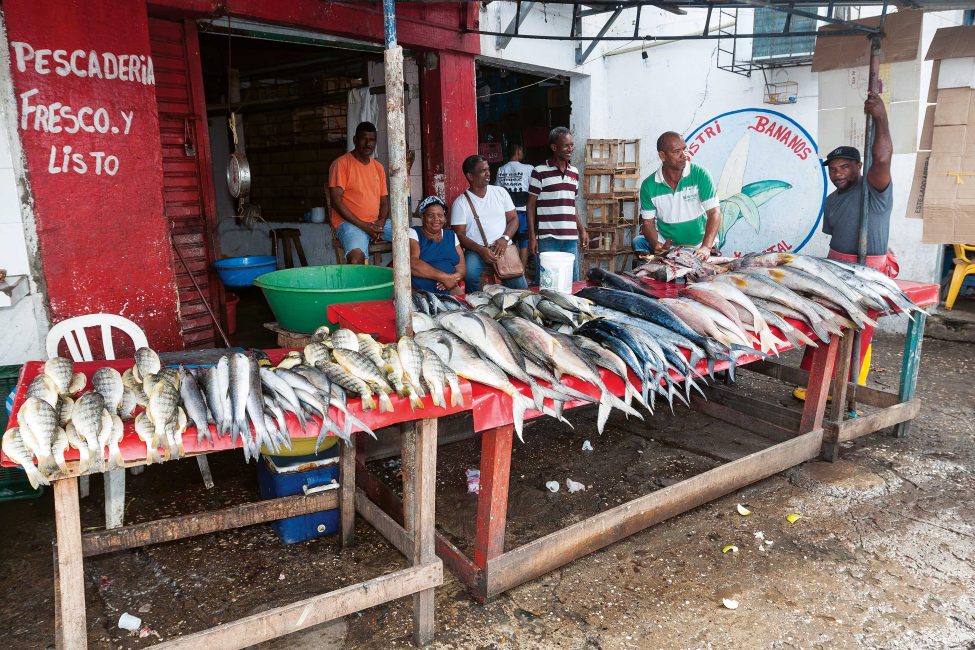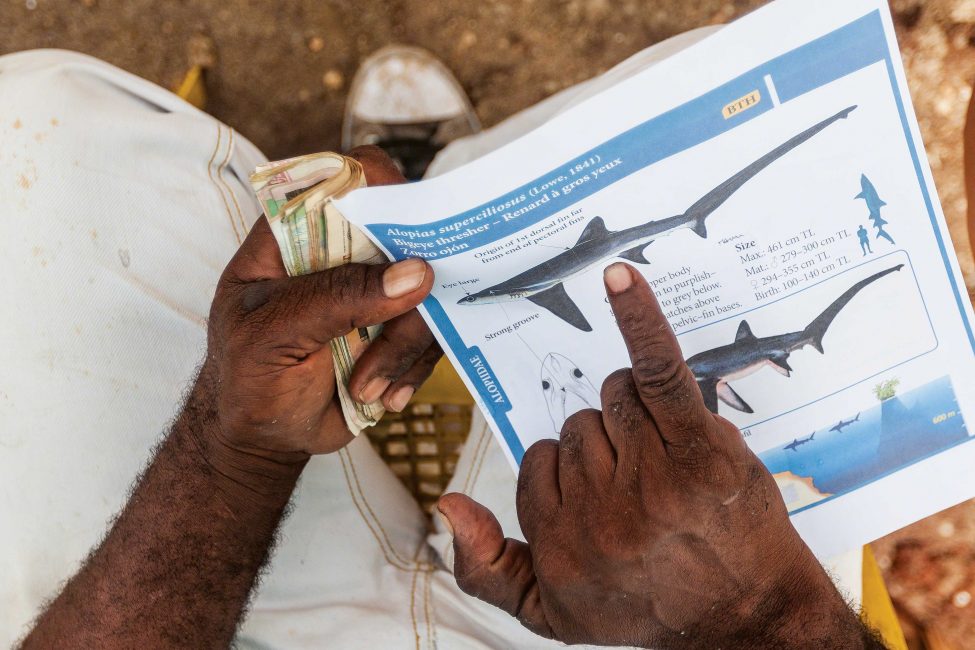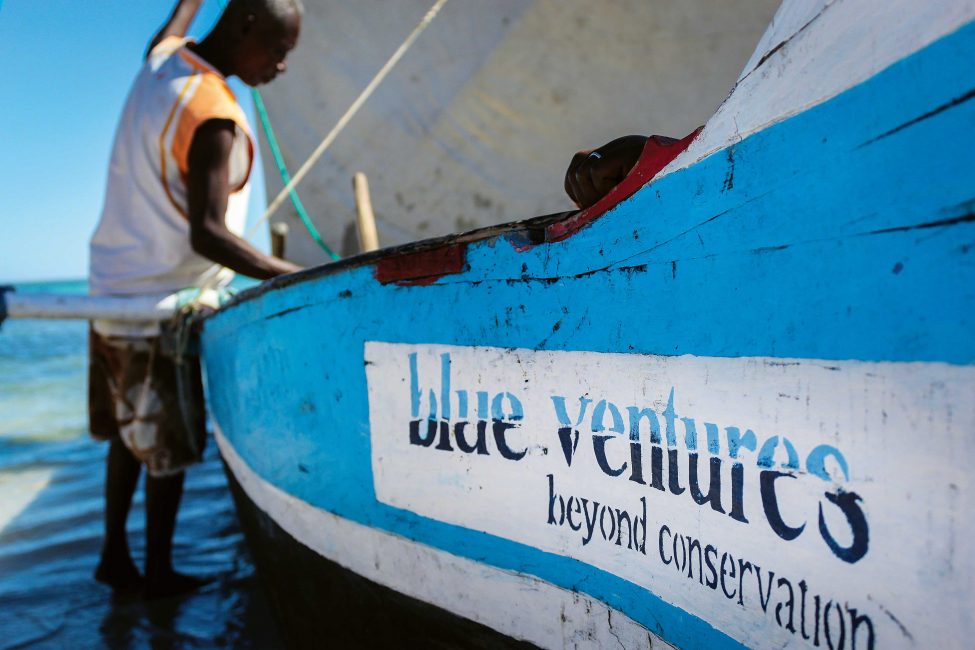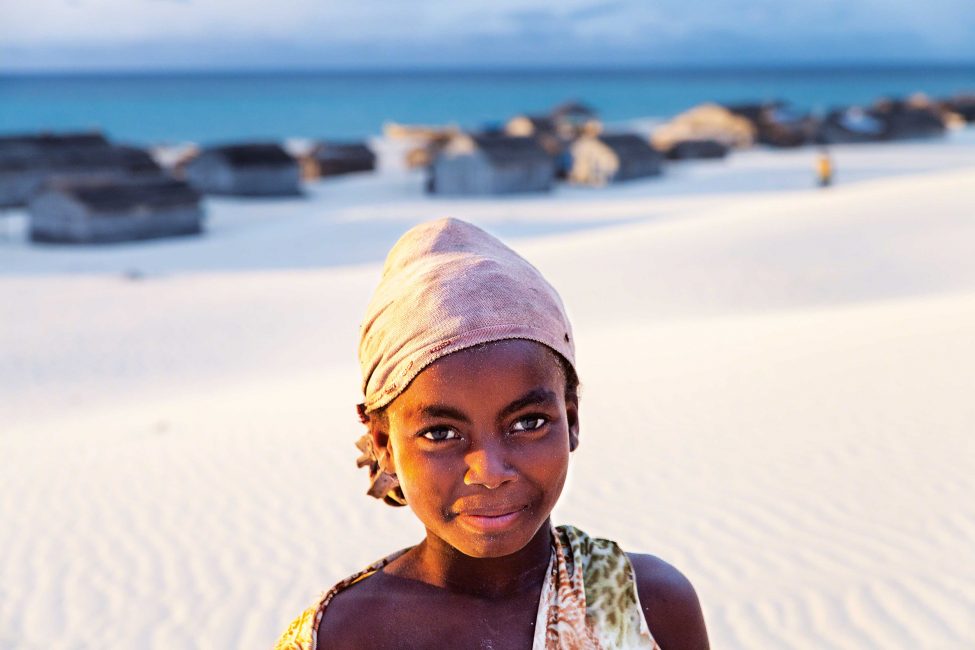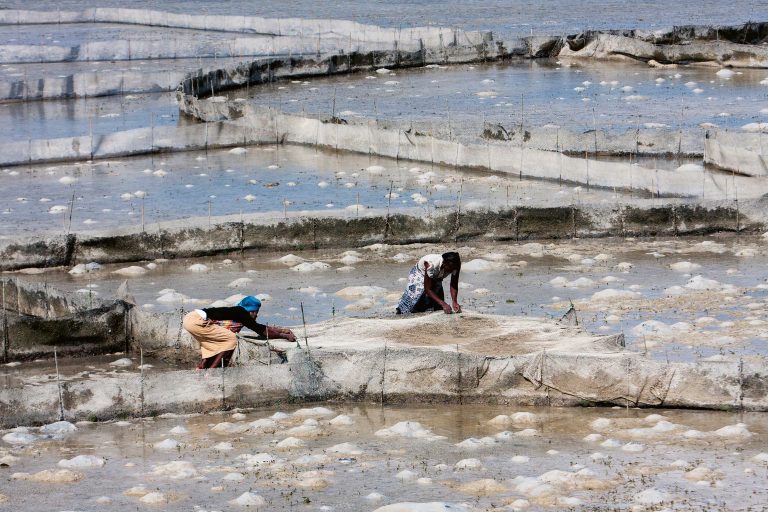Hearts, minds – and stomachs
Conservation came late to the Western world, it seems, starting only in the 17th century. Elsewhere people had been living within – and respectful of – their environment for hundreds, even thousands, of years. Philippa Ehrlich talks to modern researchers and conservationists who have learnt to empathise with communities whose survival depends on living in harmony with the world around them.
Photo by Garth Cripps | Blue Ventures
In a world where public officials in the USA are no longer allowed to speak about climate change and where terms like ‘the anthropocene era’ and the ‘sixth great extinction’ have become commonplace in global media, the outlook seems increasingly bleak for conservation. Despite the efforts of thousands of passionate individuals, centuries of dedicated work and billions of dollars spent, we are losing the battle to conserve our planet. This may be due, in part, to the sheer magnitude of the task. But as human beings we have successfully solved an endless parade of problems that might once have been seen as insurmountable. To change the apparently hopeless narrative around conservation, we need to take a very honest look at how we approach our work and measure its impact across the board, and to pay special attention to examples of conservation success.
A quick Wikipedia search reveals that Western literature points to conservation as a practice starting in 1662 with the publication of John Evelyn’s paper Sylva, which advocated for the protection of England’s forests in the face of rapidly dwindling timber resources. The more modern conservation movement, also dedicated to the protection of forests, can be said to have arisen in India in 1842. This may be the prevailing narrative recounted in the West, but there are numerous examples of conservation practices being carried out by indigenous people going back for thousands of years.
In 1981 Dr Robert (Bob) Johannes, a tropical marine ecologist, published Words of the Lagoon, in which he chronicled his work to discover and test the traditional ecological knowledge of fishing communities in Palau. What he found was an enormous encyclopaedia of critical and accurate knowledge about marine species and their life cycles and behaviours. Perhaps more surprisingly, he discovered how Palauans used this knowledge to fish not only successfully, but sustainably too. Traces of practices like theirs continue to exist on the fringes of modern society, where traditional communities are struggling to honour both their cultural way of life and their need to survive in the face of increasing competition for natural resources.
Small-scale fishing communities that rely directly on our oceans’ resources for survival are by far the biggest constituency of fishers globally. According to the Food and Agriculture Organization (FAO), more than 50 million of the world’s 51 million fishers are employed in small-scale fishing and are responsible for nearly half of the fisheries’ production worldwide. According to Dr Alasdair Harris, the executive director of Blue Ventures, ‘the only thing small about small-scale fishers is the size of their canoes’. Alasdair founded the UK-based marine conservation organisation in 2003 and in the past 14 years its work has given rise to some of the most successful conservation initiatives in the marine sphere. In western Madagascar, where Blue Ventures has been working the longest, the results have been startling. Today about 13% of Madagascar’s seabed is enclosed in 65 locally managed marine areas (LMMAs), following models that were pioneered by Blue Ventures and its partners just a decade ago.
In recent years, marine protected areas (MPAs) have been endorsed by international conservation organisations as the ‘silver bullet’ for sustaining marine ecosystems. In a growing trend, governments have been declaring mega-MPAs such as Chagos in the Indian Ocean and Pitcairn in the Pacific. Their aspirations are bold, yet few data exist to show how effective such immense, predominantly open-ocean MPAs really are, and many questions about critical issues such as enforcement remain. ‘Sadly, the prevailing paradigm in conservation today is that our industry is still largely dominated by science and it often pays no more than lip service to recognising the importance of engaging with the people who depend on the sea,’ explains Alasdair. ‘The fact that the vast majority of the world’s marine protected areas are failing is a sobering reminder of their poor design and their failure to understand or address local needs.’
In the case of Blue Ventures’ work in western Madagascar, the LMMA model is very different. Here protected areas have been designated with the support of local people, who are managing them autonomously in cooperation with neighbouring communities and with the support of Blue Ventures and its NGO partners. After years of monitoring and evaluation, the data are looking positive. ‘Key ecological indicators are demonstrating compelling evidence of improvements in locally managed marine areas in Madagascar,’ reports Alasdair. ‘Inside reserves established by communities 10 years ago, fish biomass has started to increase compared to areas outside the reserves. That’s the holy grail result that we’re after with marine protection.’




